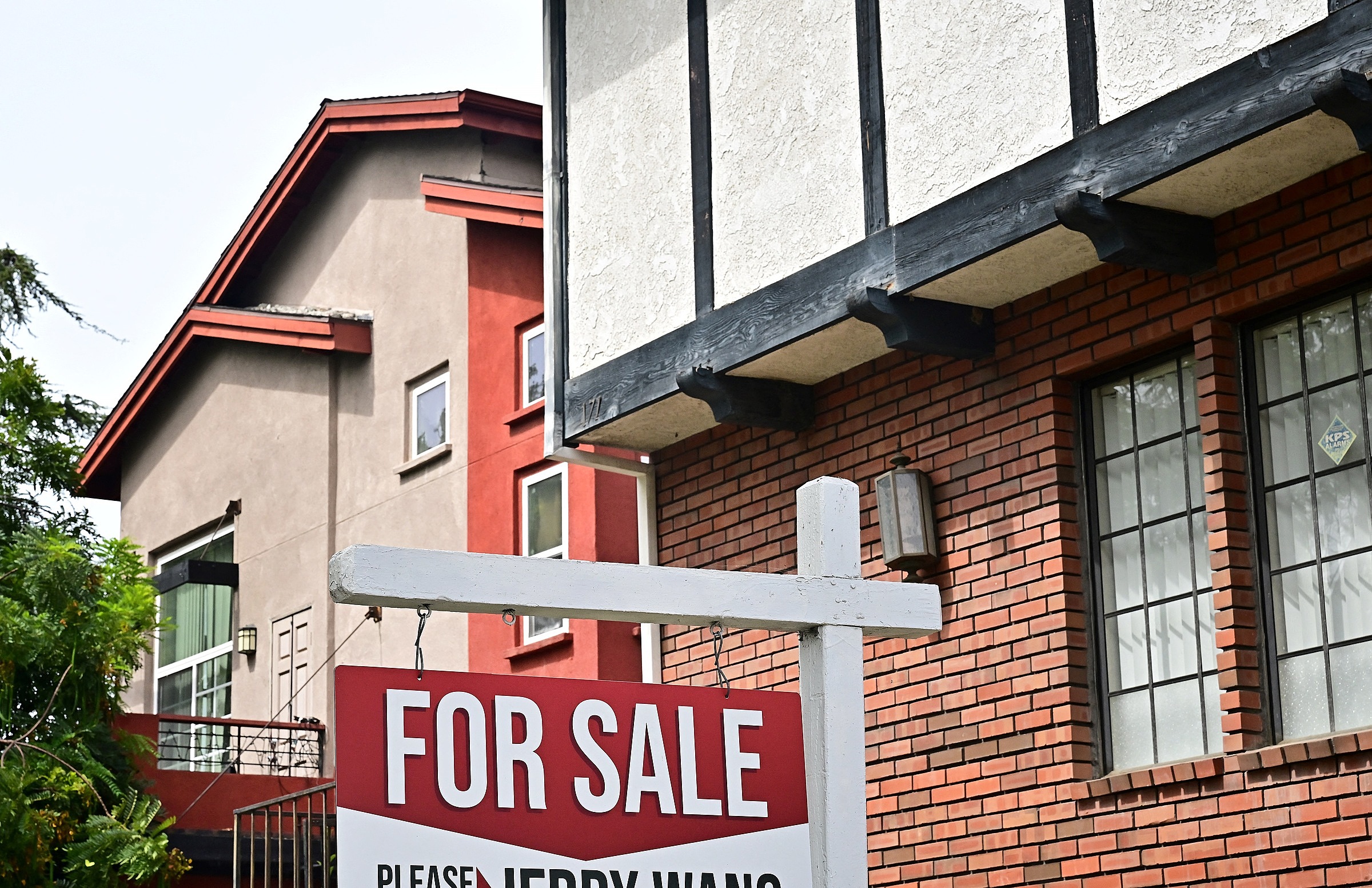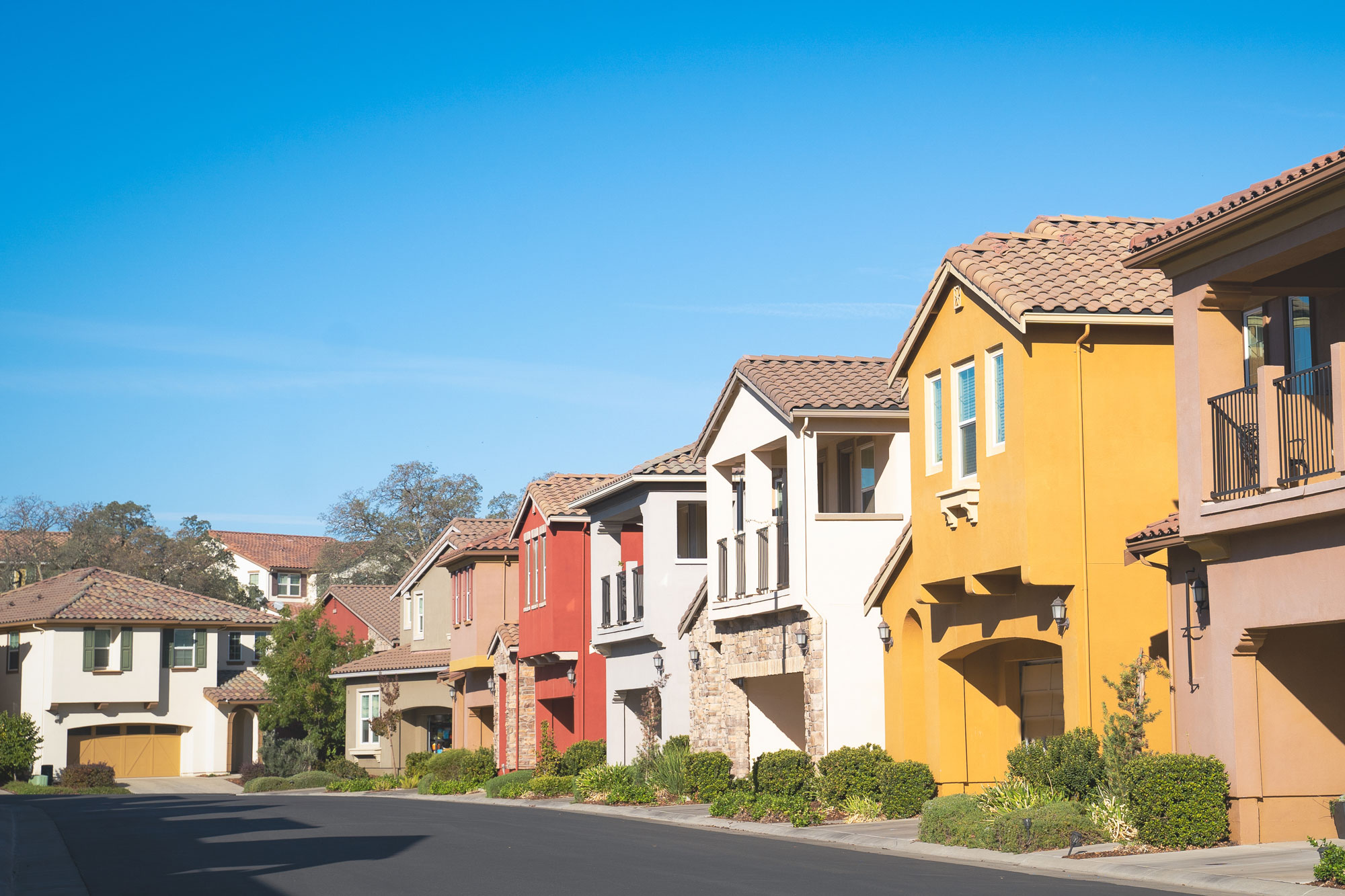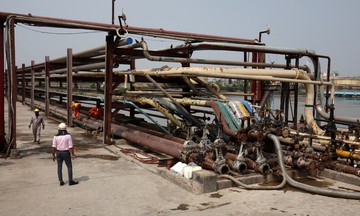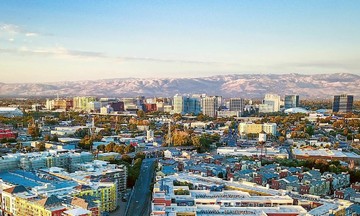According to a LendingTree study released in August, the size of single-family homes in the US has decreased by 11% over the past decade, while prices have surged by 74% during the same period.
The average size of a new single-family home has shrunk from 251.5 square meters to about 223 square meters as builders eliminate spaces they deem wasteful, such as hallways. Meanwhile, the average price per square meter for a new home has jumped from 1,046.7 USD to about 1,817 USD.
LendingTree calls this "shrinkflation," a phenomenon where companies maintain or increase prices while reducing product quantity or quality to offset costs, similar to smaller restaurant portions at higher prices.
 |
A "for sale" sign in front of a property in Alhambra, California, on 28/8. Photo: AFP |
A "for sale" sign in front of a property in Alhambra, California, on 28/8. Photo: AFP
This trend is evident across the US real estate market and is becoming increasingly pronounced as both new and existing home prices remain high.
Miles Alexander III, director of real estate investment and development firm Alexander Goshen, describes this as the result of a "perfect storm" of rising land prices, labor costs, and material expenses.
"Builders have to reduce house sizes to maintain project viability. It's not that we want to offer less space; it's that the economy demands it," he explained.
Housing material costs have been rising since the Covid-19 pandemic began and show no signs of abating. According to a new study by Evernest, a multi-state property management company, former President Donald Trump's tax policies added over 100,000 USD to the price of a new home in many states.
 |
A housing development in California. Photo: PPIC |
A housing development in California. Photo: PPIC
Several states, including Hawaii, California, New York, and New Jersey, have also seen home prices increase by tens of thousands of USD due to taxes on imported materials like wood, steel, copper, and drywall.
The construction industry also faces a severe labor shortage, exacerbated by the Trump administration's increased arrests and deportations of undocumented immigrants, who play a significant role in providing labor for construction projects. The Associated Builders and Contractors (ABC) warns that the industry needs to attract nearly 500,000 workers this year and next to meet demand.
High costs are forcing builders to be "creative" in home design, reducing the size of offices and hallways, designing multifunctional living areas, and maximizing space utilization.
Jake Kennedy, a real estate agent at Compass in Tennessee, has observed builders constructing smaller versions of pre-pandemic models. Bedrooms that were once 16.7 square meters are now around 11 square meters.
Developers and real estate experts also note that younger generations have different housing needs. Alexander III says Millennials and Gen Z, as well as other first-time homebuyers, "aren't chasing large suburban mansions."
"They're more cost-conscious and actually prefer smaller, easier-to-maintain, and more affordable homes," he explained.
Duc Trung (Fortune, WSJ)












